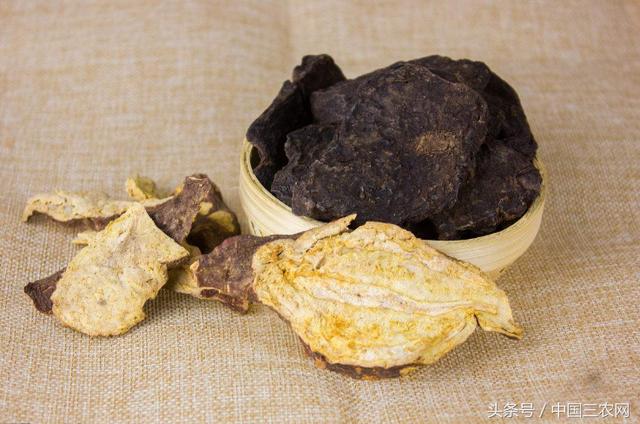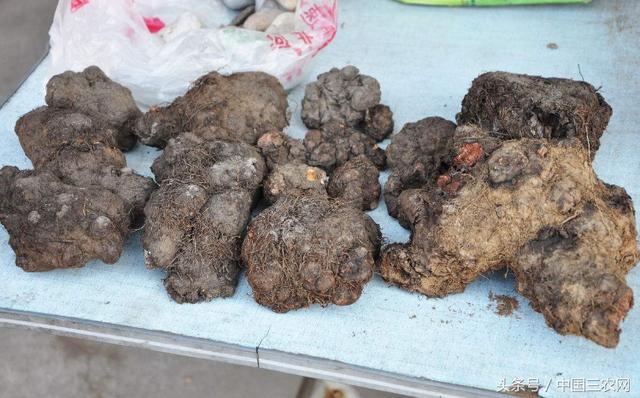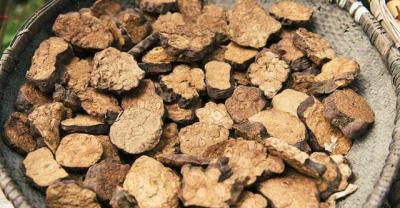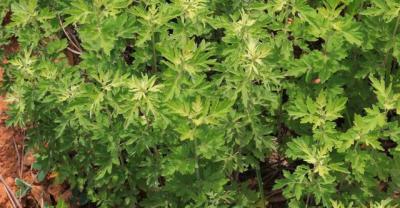How to plant traditional Chinese medicine Polygonum multiflorum?

Polygonum multiflorum has the effects of delaying aging, enhancing immunity, reducing blood lipids, anti-arteriosclerosis, improving memory and so on. Taste bitter, sweet, astringent, return to the liver, heart, kidney.
It mainly treats nourishing blood and nourishing yin, moistening intestines and relieving defecation, intercepting malaria, dispelling wind and detoxification. For blood deficiency, dizziness, palpitation, insomnia and dreaminess; liver and kidney yin deficiency, sore waist and knees, early white hair, dream spermatorrhea, intestinal dryness and constipation, weakness, rubella and itching, abscess, dysphagia, hemorrhoids. Dosage to prepare 15 grams of Polygonum multiflorum (black Polygonum multiflorum steamed with black beans) and 8 grams of Polygonum multiflorum (natural Polygonum multiflorum, most brown).
Most Polygonaceae plants have a habit of enjoying a shady and humid environment, but what we have taken is the root yield of Polygonum multiflorum, so it is necessary to choose a shady and wet place without stagnant water, loose soil and humus-rich soil. Often non-large-scale growers choose the edge of the mountain, the edge of the gully, the edge of the forest, and the edge of the forest on the top of the terrace. These places have a slope, there is no stagnant water, the perennial deciduous humus on the mountain is falling in this area, cultivated, almost no fertilizer, the yield is considerable.

Reproduction available
1, seed reproduction, after the fruit of Polygonum multiflorum Teng is ripe in October, cut with a pair of scissors, dry in the shade, or slightly dried in the sun, rub out the seeds by hand and store them in a glass bottle. In March of the following year, the forest edge was selected and broadcast live. 8 to 10 seeds per hole, covered with soil. When the seedlings are 5 cm, there are 2 to 3 seedlings in each hole, and the rest of the strong seedlings are transplanted elsewhere. In this way, the output will be highest in the future.
You can also use selected plots to raise seedlings and transplant, which is the same as a kind of sesame. Later, to a certain extent, transplanted to other places, this seed is used in a large amount, practical in the field growers, the yield is moderate.
2, cutting propagation, in May, select vigorous growth, no diseases and insect pests, annual sturdy old vines, remove tender stems, take its middle section, cut into cuttings 20 to 30 cm long, each root must have 3 nodes, cut the cuttings up and down (it is useless to pour), and then dip the lower part of the cuttings in pre-mixed yellow mud (about one meter of yellow mud under deep soil, plus rooting powder and water mixing). After drying (in order to avoid wet insertion, all the rooting powder on the head is carried on the top part of the cuttings) on the flat and fine planting ground, insert the plants to a depth of about 7 to 10 centimeters according to the regulations, press the soil and pour fine water again. When the cuttings survive and grow 1 or 2 new leaves, they can be transplanted elsewhere.
3, striping propagation. During the vigorous growth period of Polygonum multiflorum in July, 3-4-year-old plants with strong growth and free of diseases and insect pests were selected, the vines were bent and pressed into the soil, a small wound was carved with a knife, buried in the soil with a depth of 3 to 5 cm, fixed with a fork, then compacted with the soil, and soon roots and buds were formed at the engraving site, and an additional fertilizer was added at this time to cultivate before the sprouting bud in the following spring. Cut off the front with scissors so that it can be dug up and planted separately, which is more productive than cuttings.

Basic reproduction has been taught, and that is management, which is easy to manage.
1, weeding, remember to weed once a month, do not weed too often, but do not use wet.
2, drainage, Polygonum multiflorum should keep the soil moist in order to survive and grow underground roots, but it can prevent stagnant water from growing too long after rain.
3, topdressing, generally not cultivated in the field, those planted along the edge of the mountain do not need to be fertilized, those in the field need to topdressing soil and miscellaneous fertilizer. 4, set up a pillar, Shouwu the second year after the vine special and long, it is best to put up a bamboo pole at each hole, so that the vine grow upward, and pick off part of the leaves, in order to facilitate ventilation and light, conducive to the underground root yield. Very many vines, must be cut off, do not leave more than 3, many will affect the growth of root tubers.
5, cultivate soil, cultivate soil around the root tuber every winter to facilitate overwintering.
- Prev

Planting method of Dendrobium candidum
(1) Propagation methods of Dendrobium candidum the reproductive methods of Dendrobium can be divided into two categories: sexual reproduction and asexual reproduction. Iron.
- Next

How do you grow blueberries?
In recent years, with the development of facility agriculture, greenhouse planting technology has been widely used in blueberry planting. Using greenhouse technology to grow blueberries, you can.
Related
- Fuxing push coffee new agricultural production and marketing class: lack of small-scale processing plants
- Jujube rice field leisure farm deep ploughing Yilan for five years to create a space for organic food and play
- Nongyu Farm-A trial of organic papaya for brave women with advanced technology
- Four points for attention in the prevention and control of diseases and insect pests of edible fungi
- How to add nutrient solution to Edible Fungi
- Is there any good way to control edible fungus mites?
- Open Inoculation Technology of Edible Fungi
- Is there any clever way to use fertilizer for edible fungus in winter?
- What agents are used to kill the pathogens of edible fungi in the mushroom shed?
- Rapid drying of Edible Fungi

